10 painters who define Russian art
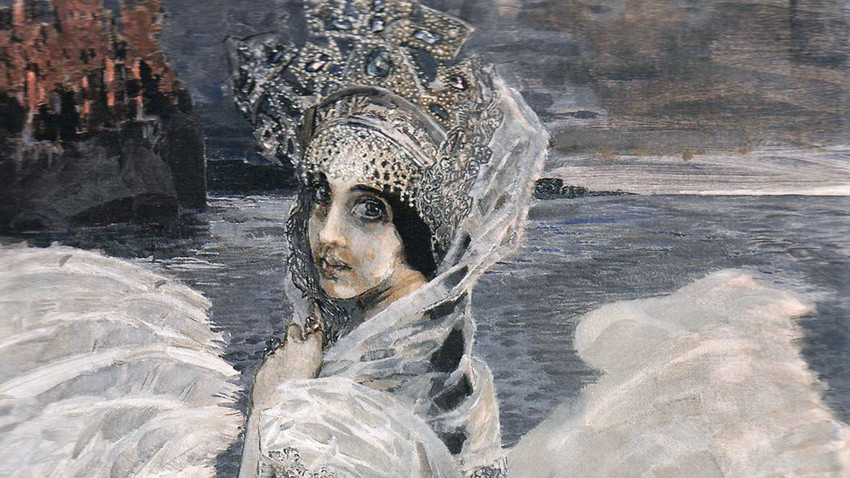
The Swan Princess by Mikhail Vrubel
Tretyakov Gallery1. Andrei Rublev (1360 - 1428)
Andrei Rublev is the most prominent Russian icon painter. His legendary Holy Trinity (1411) is regarded as a spiritual symbol of Russian art.
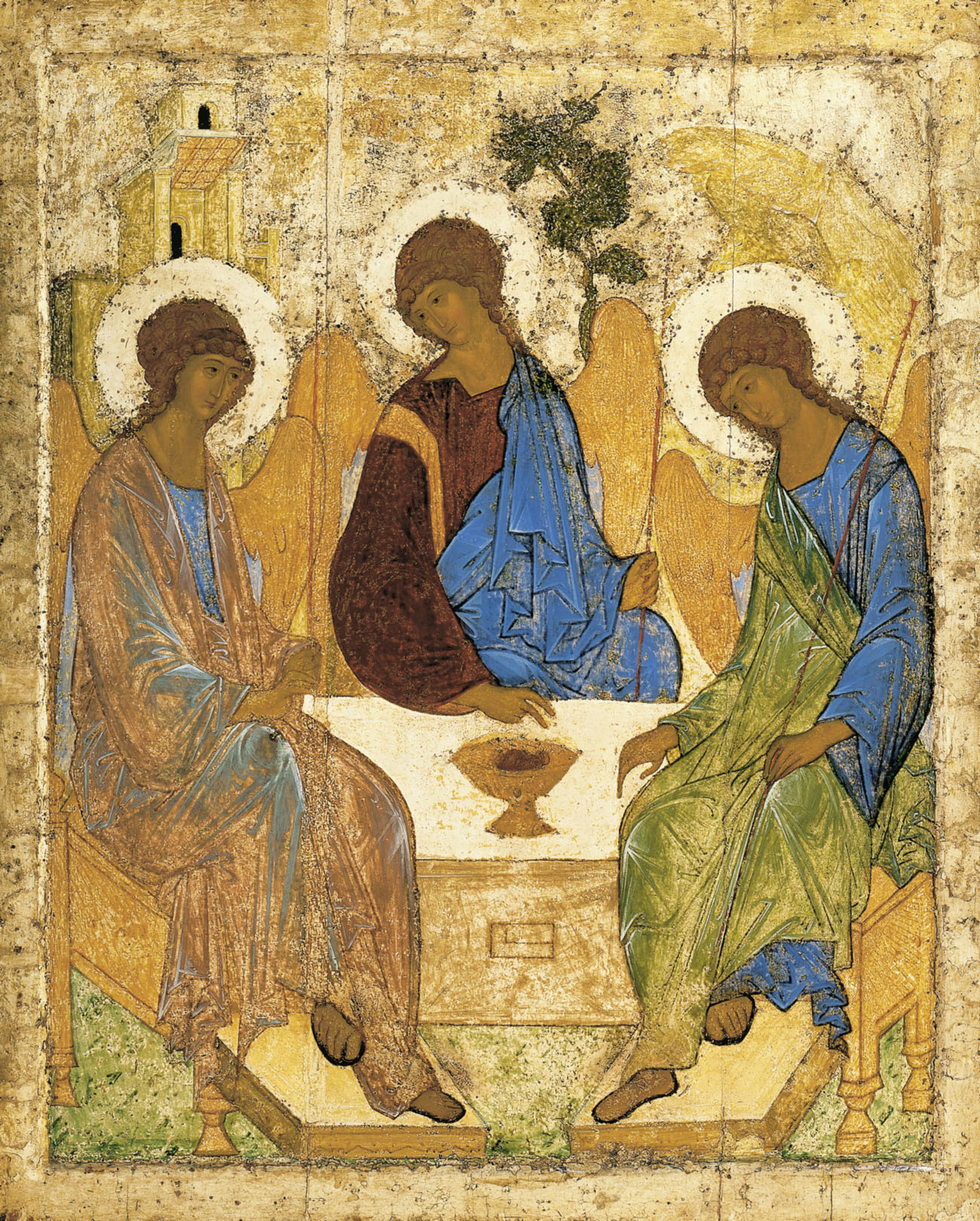
The Holy Trinity
Tretyakov GalleryHowever, his life remains a mystery, but it's known that he was a monk and dedicated his life to God and painting. As a result, he was canonized by the Russian Orthodox Church.
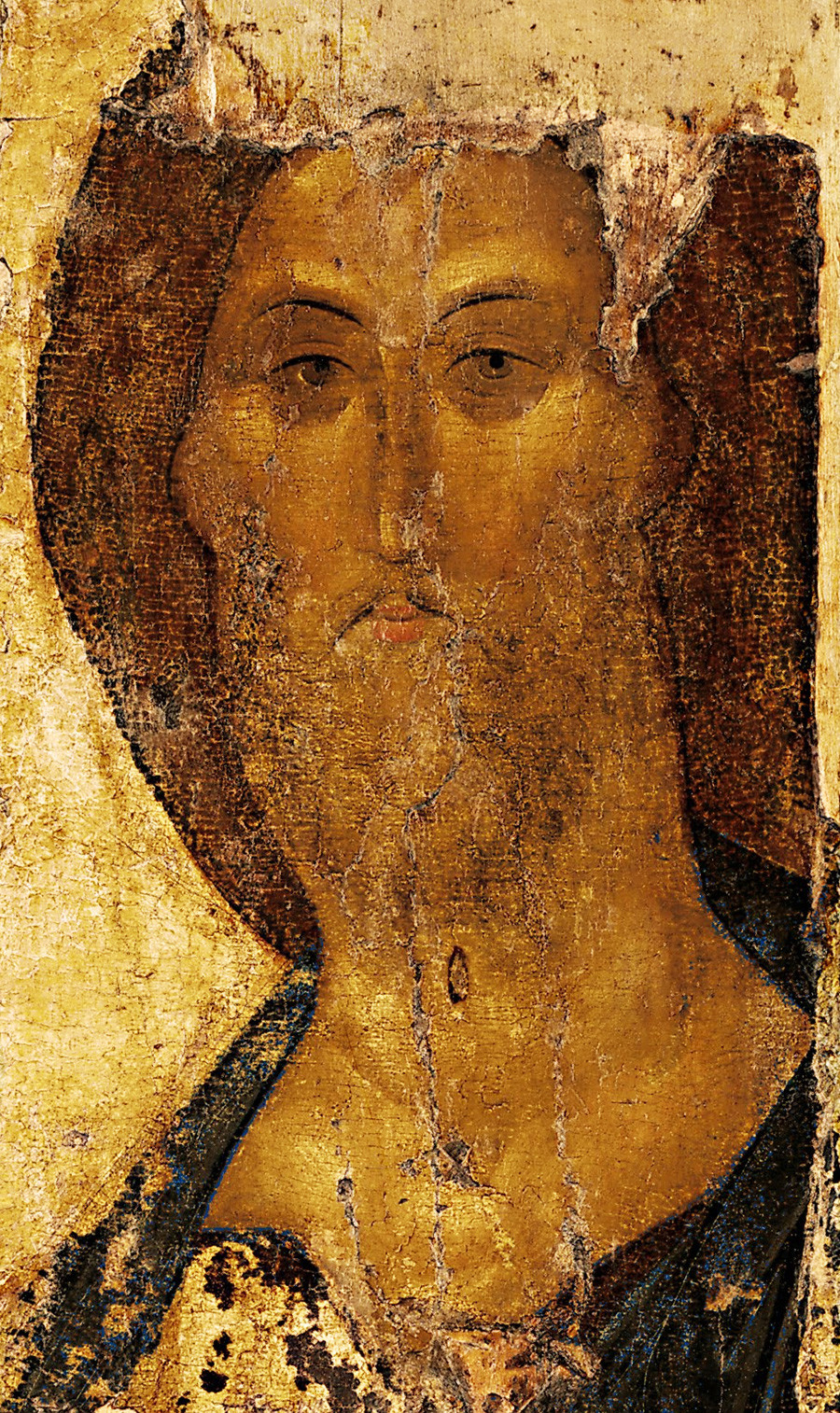
The Saviour
Tretyakov GalleryRublev worked on the frescoes in Blagoveshchensk Cathedral in Moscow’s Kremlin - which is sadly no longer around.

Archangel Michail
Tretyakov GalleryUspensky Cathedral in Zvenigorod and its namesake in Vladimir were also painted by Rublev - the frescoes are still on display today.
2. Karl Bryullov (1799 - 1852)
Called the “tsar of painting” by his contemporaries, Karl Bryullov is considered one of the first artists from Russia to make a splash internationally.
The monumental Last Day of Pompeii (1830 - 1833), which he created while living in Italy, won the grand prix at the Paris Exhibition and made the artist extremely popular both in Europe and Russia.
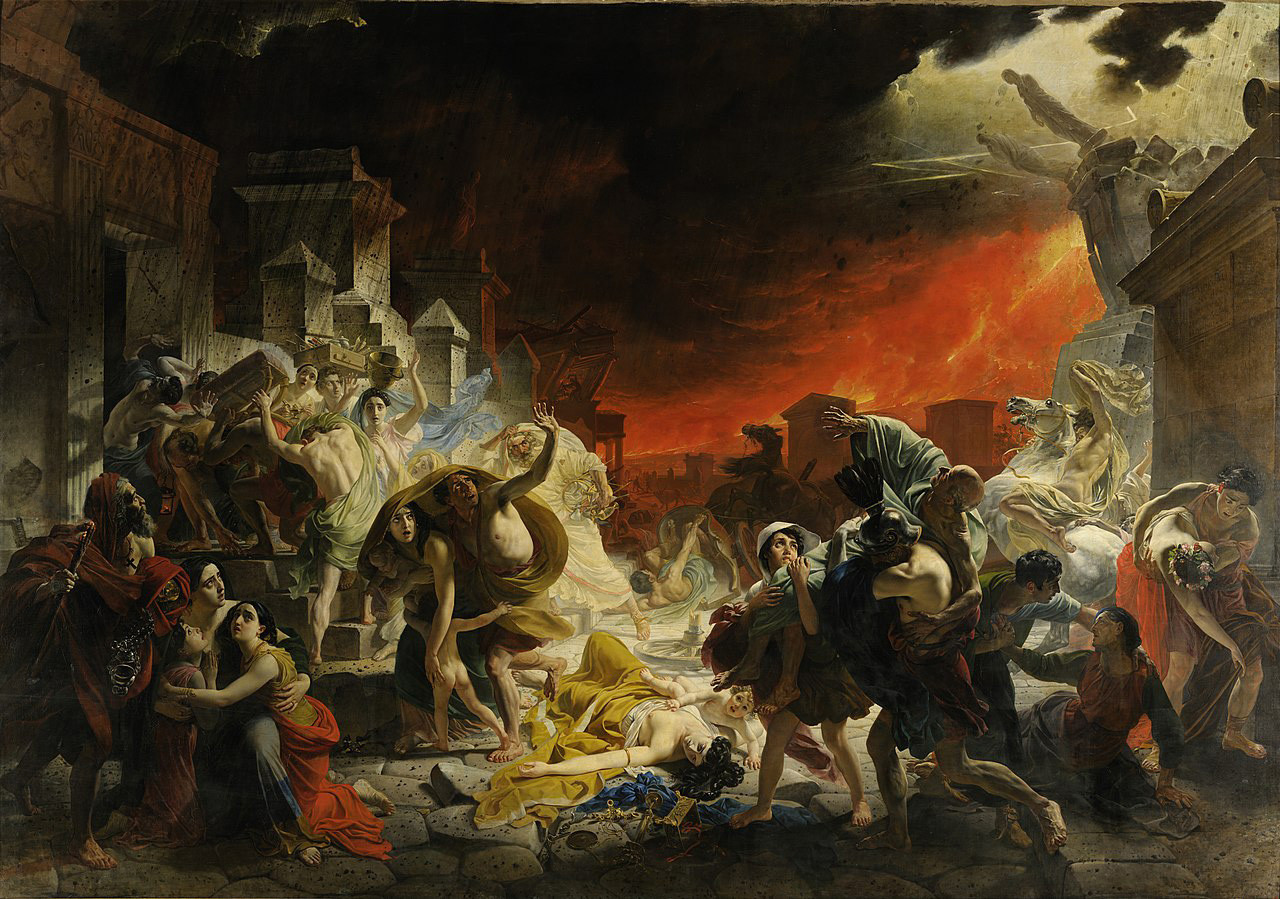
The Last Day of Pompeii
State Russian MuseumThe father of Russian romanticism had French parents, and had the very French name of Charles Bruleau until 1822. His family hailed from a long dynasty of artists, starting with his great grandfather.
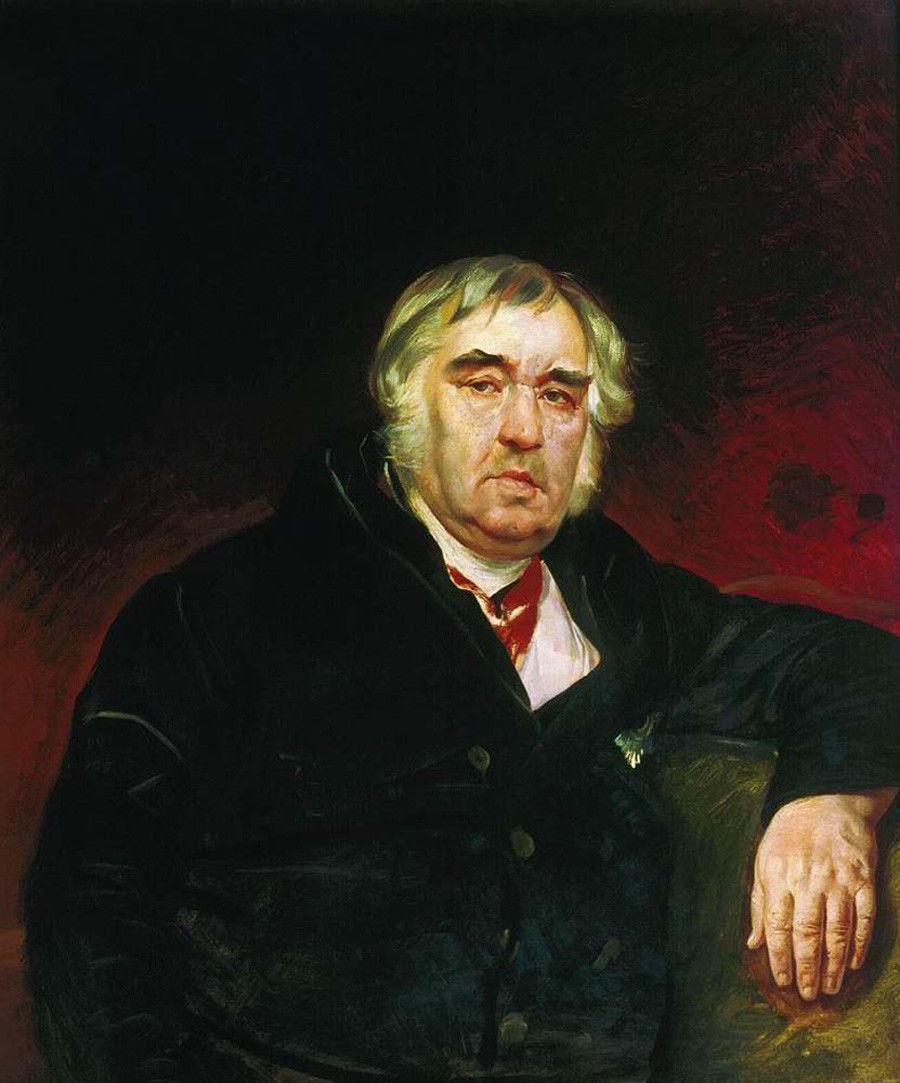
The portrait of Russian fabulist Ivan Krylov
Tretyakov GalleryBut most of all he's known as a portraitist: The Horsewoman (1832) remains one of the Treyakov Gallery’s highlights.
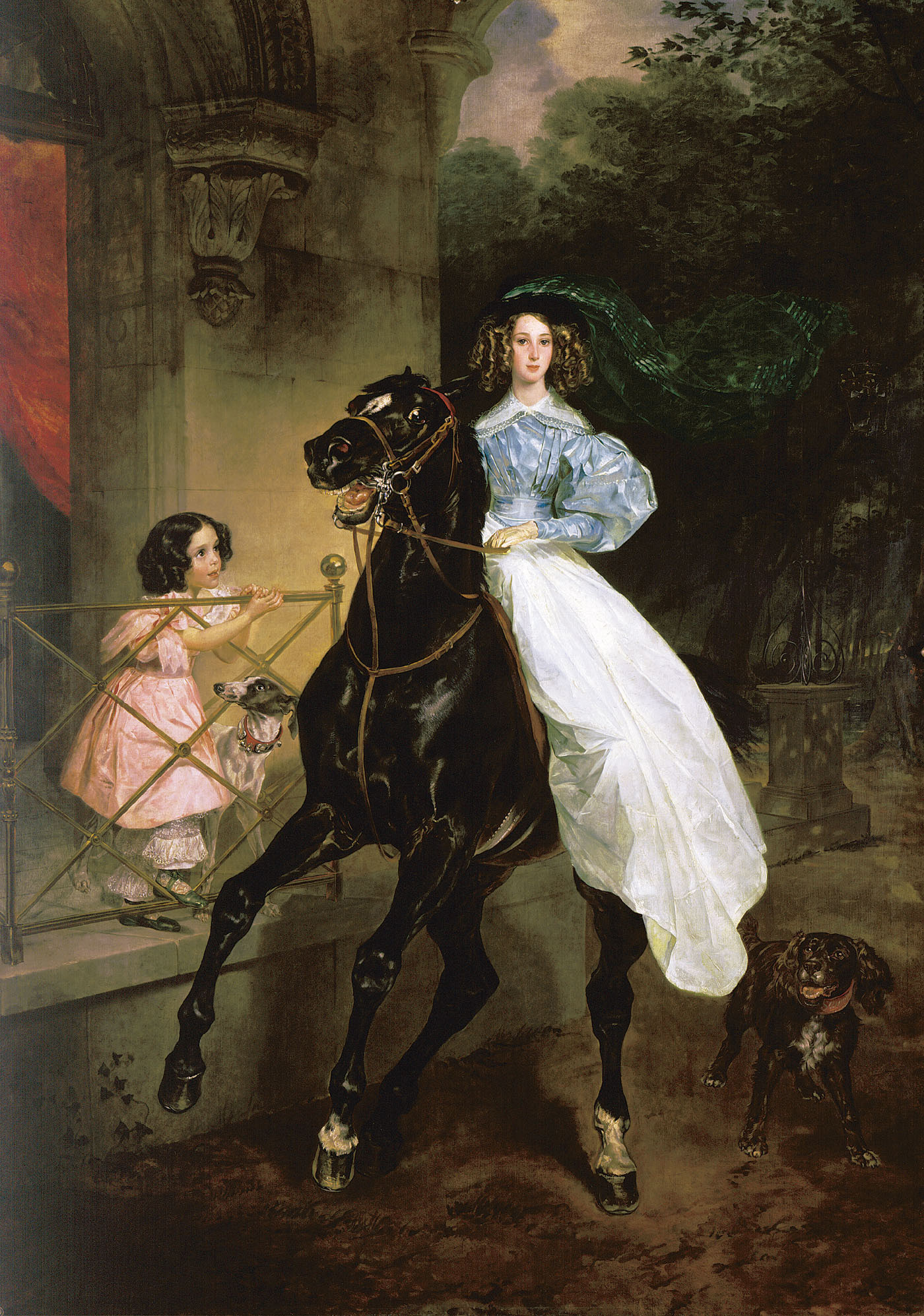
The Horsewoman
Tretyakov Gallery3. Ivan Aivazovsky (1817 - 1900)
Nobody paints the sea like he did! Ivan Aivazovsky, the famous master of seascapes, is one of the most expensive Russian painters in the world. His View of Constantinople and the Bosphorus (1856) sold for almost $5 million at Sotheby's in 2012.
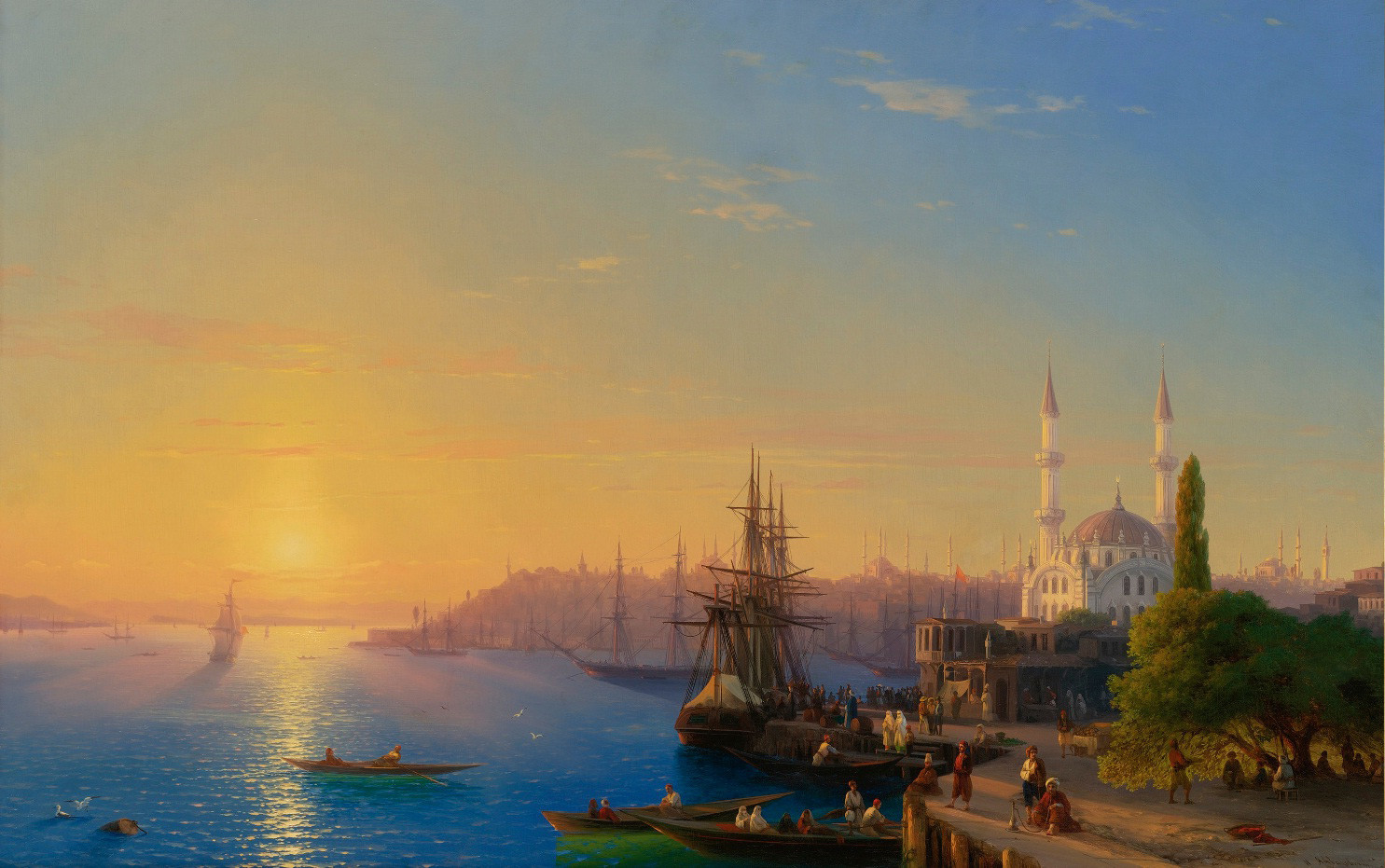
The View of Constantinople and the Bosphorus
Private collectionThe semi-transparent waves with spindrift, typical of Aivazovsky's works, became an artistic phenomenon world-wide.
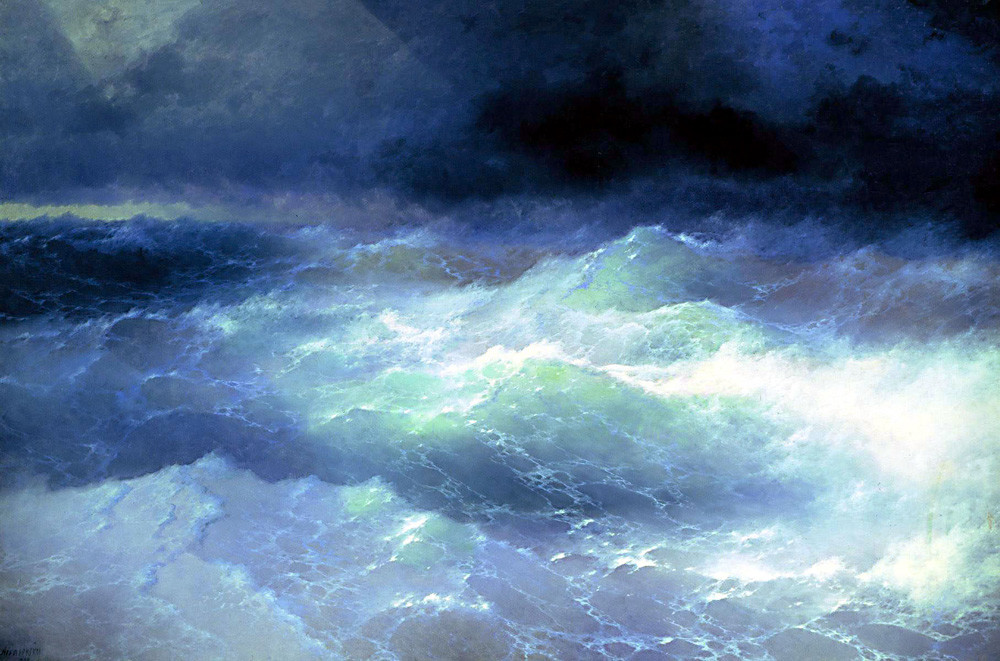
Among the waves
Aivazovsky National Art GalleryAivazovsky was extremely prolific; he created over 6,000 works. The Ninth Wave (1850), The Black Sea (1881), and Moonlit Night on the Bosphorus (1894), are among his finest.
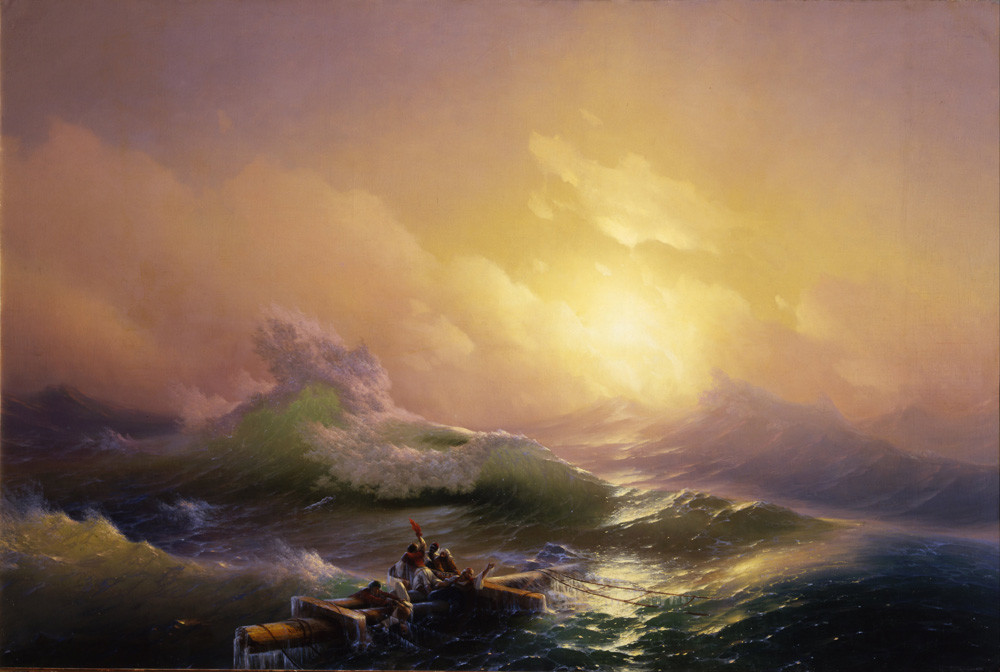
The Ninth Wave
State Russian Museum4. Aleksey Savrasov (1830 - 1897)
Realist painter Aleksey Savrasov was the founder of the lyrical landscape genre in Russian painting. His works are full of personality, intimacy, and nature.

Moscow Kremlin, Spring
State Russian MuseumHe became an academic at the age of 24 and was held in high esteem by his contemporaries, but sadly died at the age of 67 in a hospital for the poor.
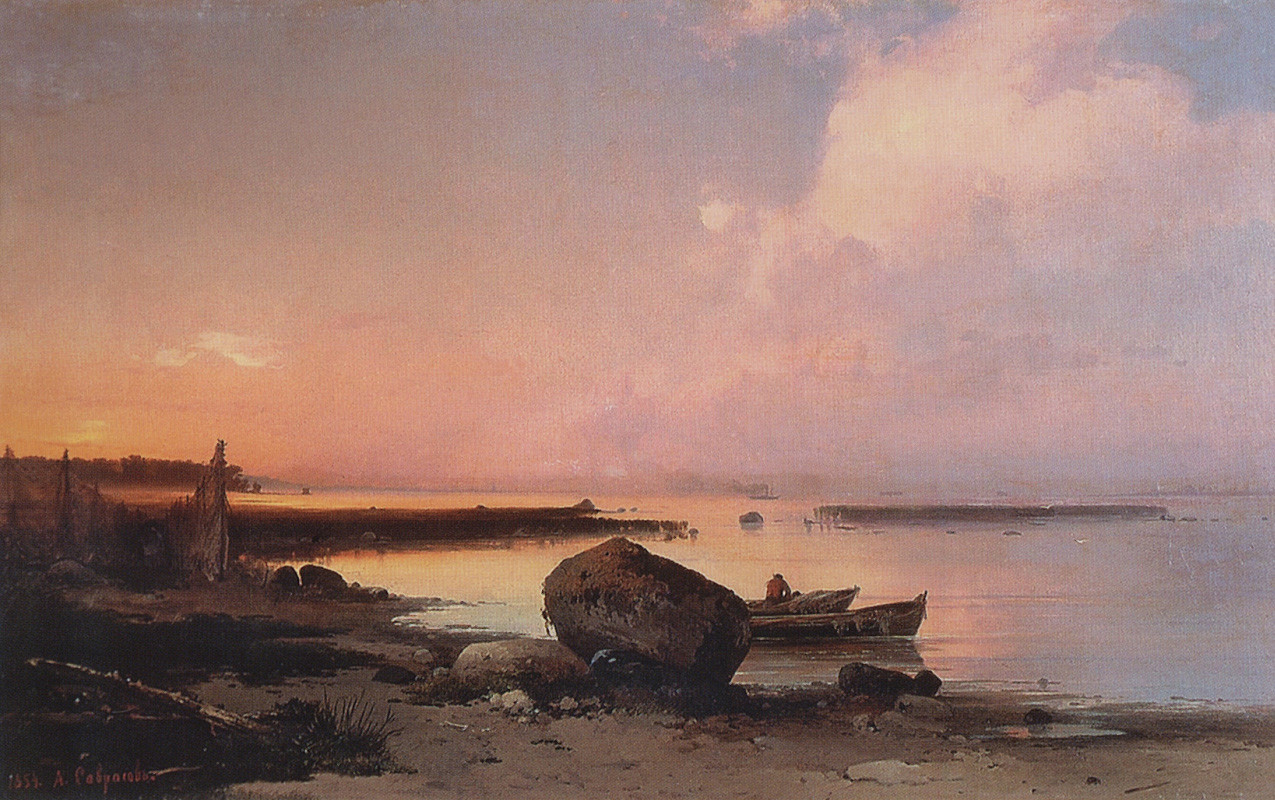
The Sea Shore in the Vicinity Oranienbaum
Private collectionSavrasov painted one of the most famous Russian landscape scenes - The Rooks Have Come Back (1871). Almost every student has written an essay dedicated to this painting, so Russians are familiar with this artwork from childhood.
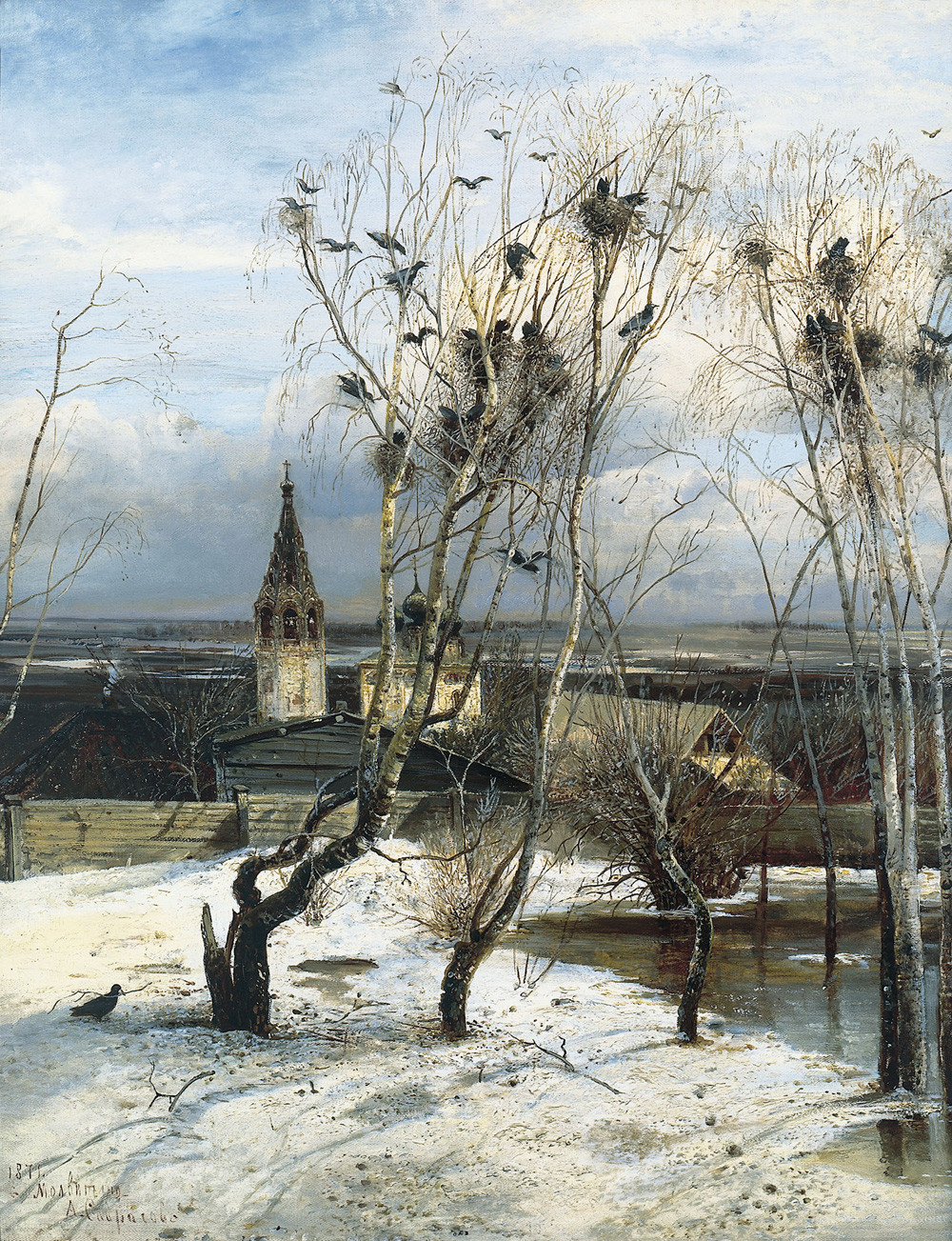
The Rooks Have Come Back
Tretyakov Gallery5. Ivan Shishkin (1832 - 1898)
A true artist of the people. According to the All-Russian Center for the Study of Public Opinion, he tops the list of the best known painters in Russia.
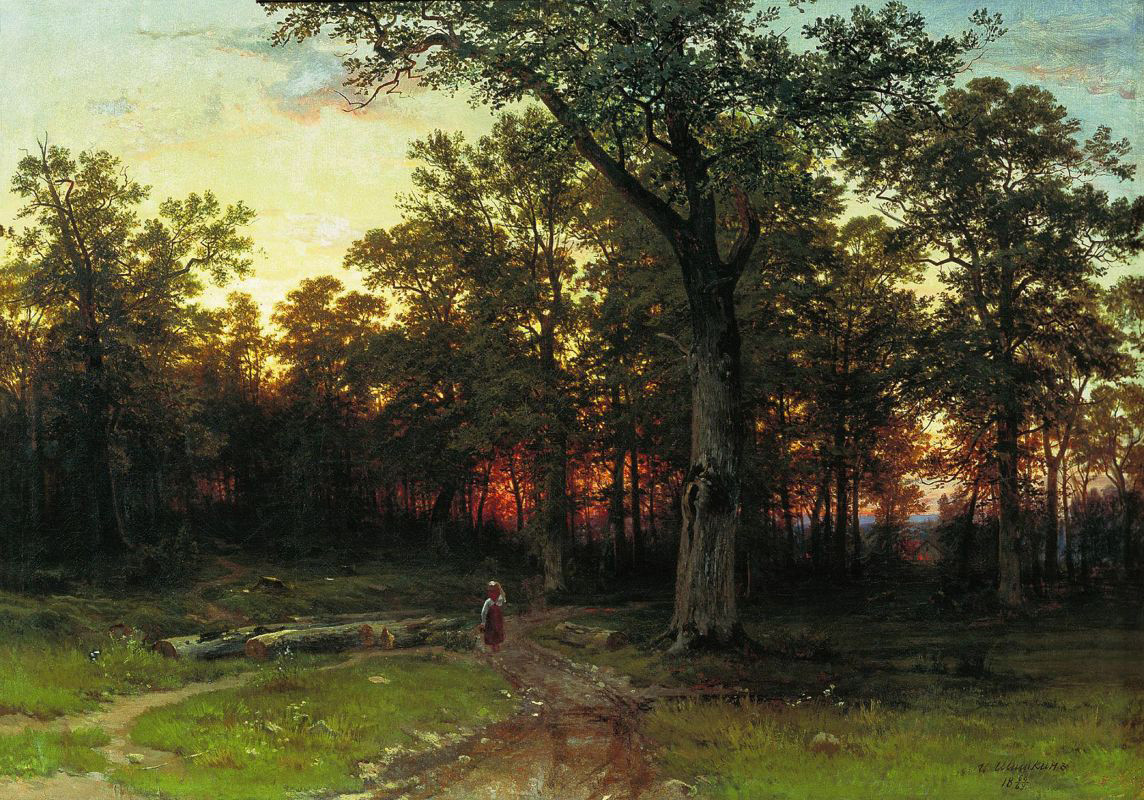
At Sunset
Rybinsk History, Architecture, and Art MuseumChildren learn about him early on, mostly because his painting Morning in a Pine Forest (1886) was used to design the wrappers of famous Russian cookies called Mishka Kosolapiy (Clumsy Bear).
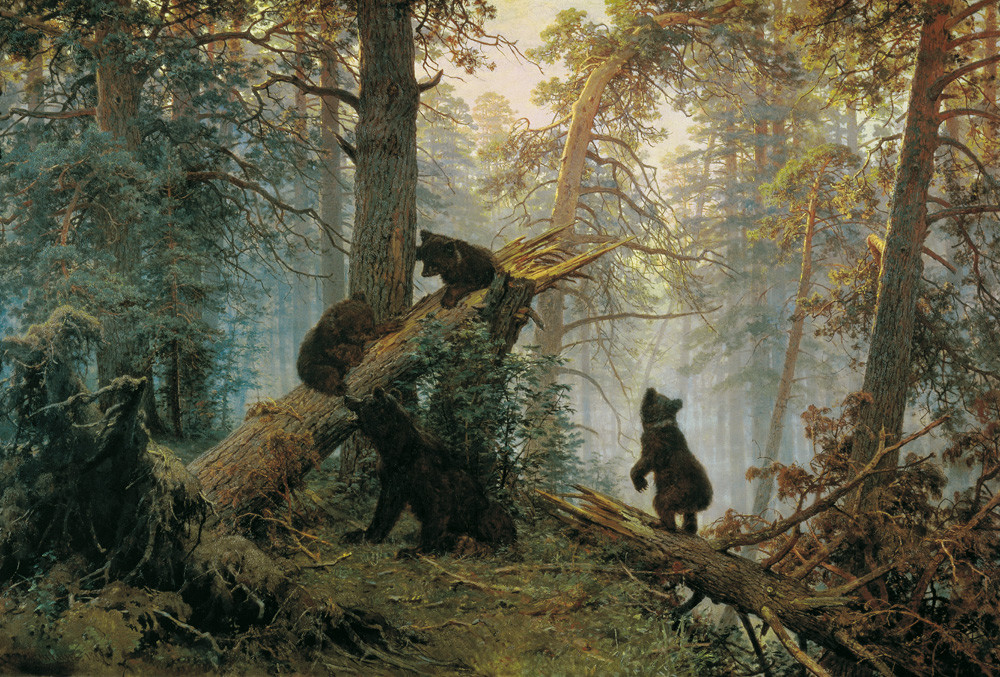
The Morning in a Pine Forest
Tretyakov GalleryShishkin's art-works View of the Environs of St. Petersburg (l856), At Sunset (1869), Midday in the Outskirts of Moscow (1869), Rye (1878), Sunny Day(1895) are among the most distinguished paintings of his.
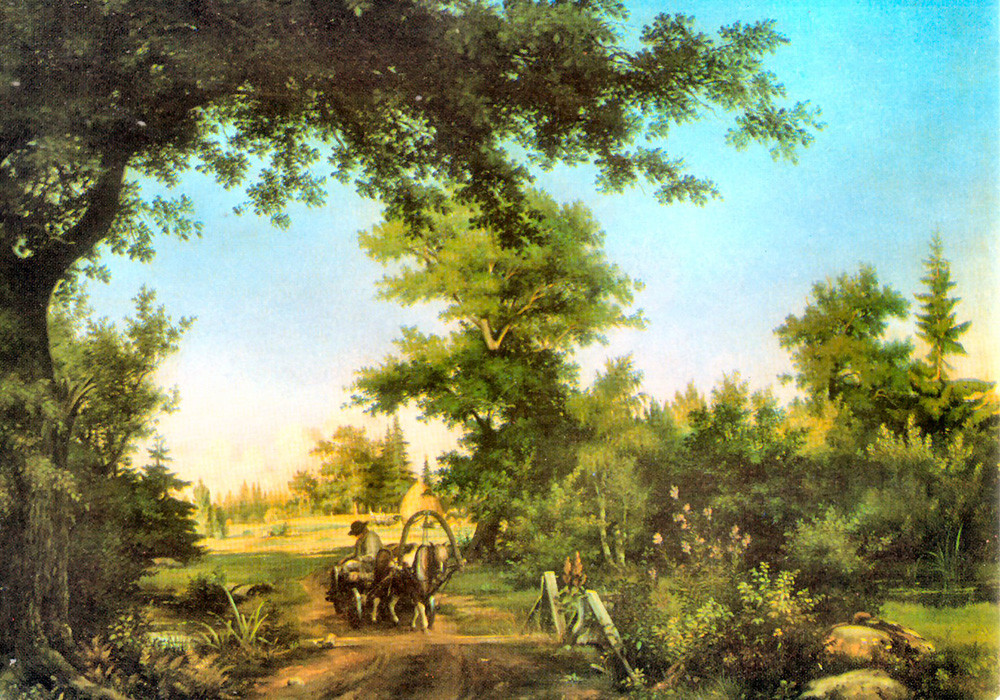
View of the Environs of St. Petersburg
State Russian Museum6. Ilya Repin (1844 - 1930)
Perhaps the greatest realist painter, Repin painted Russian life in all its diversity and complexity. Many of his paintings are set against a strong ideological background.
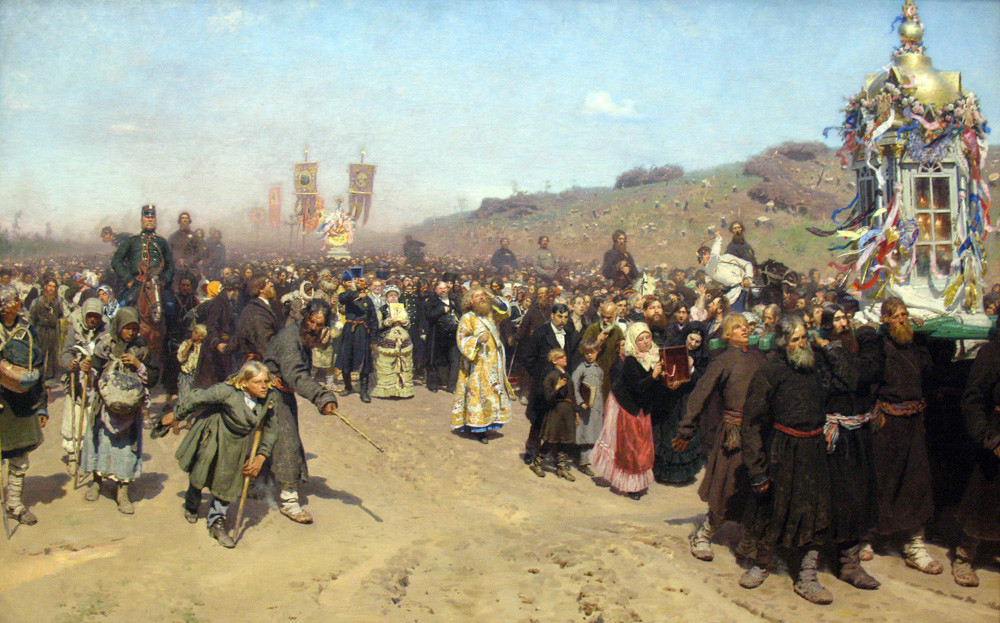
Religious Procession in Kursk Province
Tretyakov GalleryAmong his most famous masterpieces is Barge Haulers on the Volga (1870 - 1873), portraying the inhumane work of people who had to move big vessels along the river. Repin painted it while he was a student of the Academy of Fine Arts in St. Petersburg.
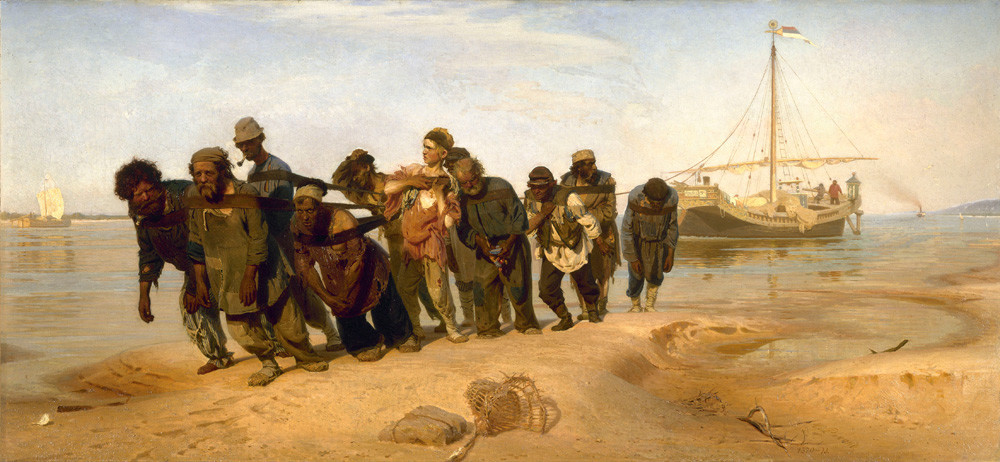
Barge haulers on the Volga
State Russian MuseumThe painting caused a huge scandal: Some critics slammed it as the world’s biggest art profanity, claiming he “monumentalized” the scene from the “lower stratas of life” .
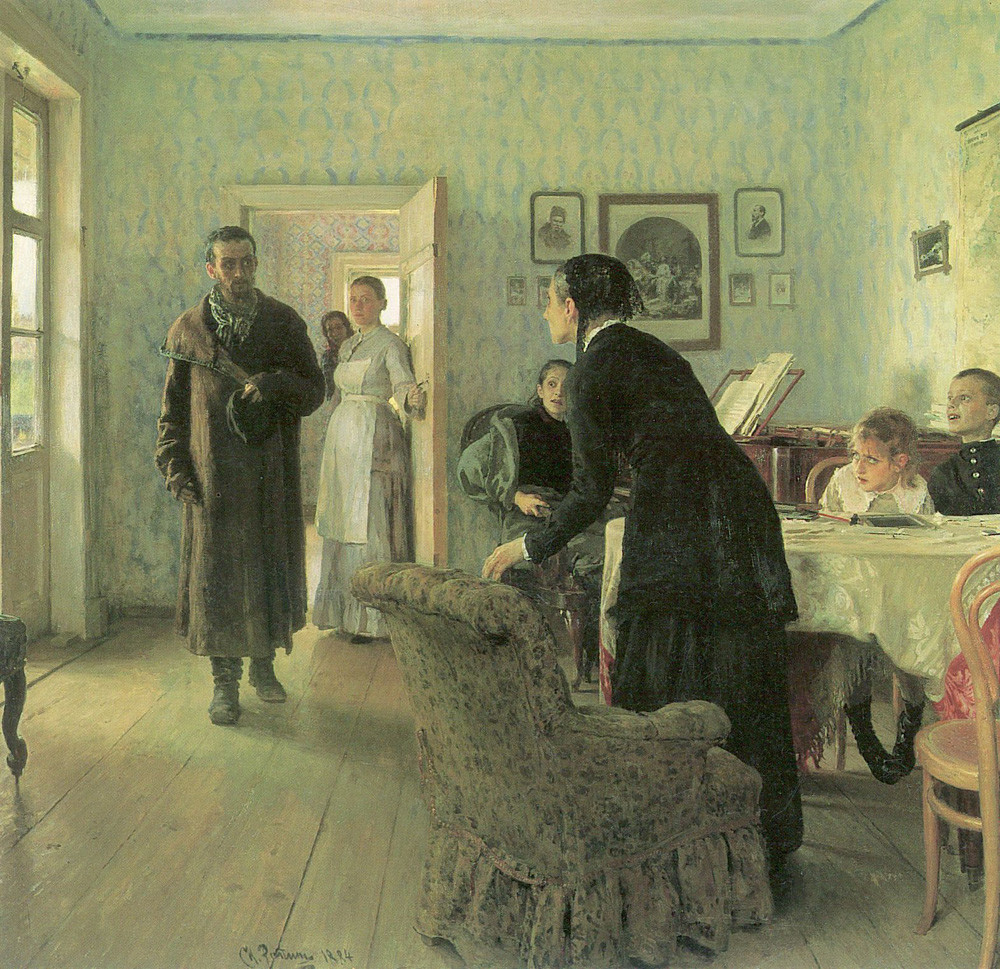
They Did Not Expect Him
Tretyakov Gallery8. Viktor Vasnetsov (1848 – 1926)
Ivan-Tsarevich Riding a Grey Wolf (1889), The Bogatyrs (1898), Snow Maiden (1899), Princess Nesmeyana (1926),- these are just a few of Viktor Vasnetsov’s brilliant works.

Ivan-Tsarevich Riding a Grey Wolf
Tretyakov GalleryHe was a prominent folk painter, creator of the Russian fairytale in painting, and coined "the bogatyr of Russian art.”

Alenushka
Tretyakov GalleryVasnetsov was also seriously interested in architecture: He even designed the facade of the Tretyakov Gallery.
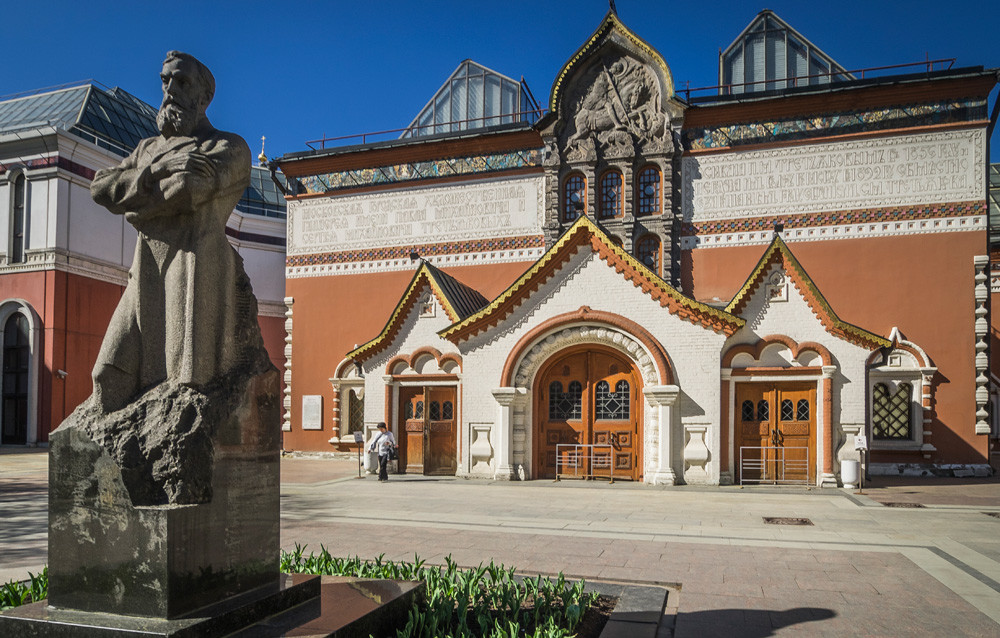
The facade of the Tretyakov Gallery
Konstantin Kokoshkin/Global Look PressHe also worked on the frescoes of St. Vladimir Cathedral in Kiev.
8. Mikhail Vrubel (1856 - 1910)
He was one of the most prominent representatives of the Russian art nouveau movement and often daubed his canvases with images from his nightmares. He was particularly interested in the demon from a poem by Mikhail Lermontov. In fact, he was so obsessed that his contemporaries attributed the insanity he suffered at the end of his life to his affixation with demonism.
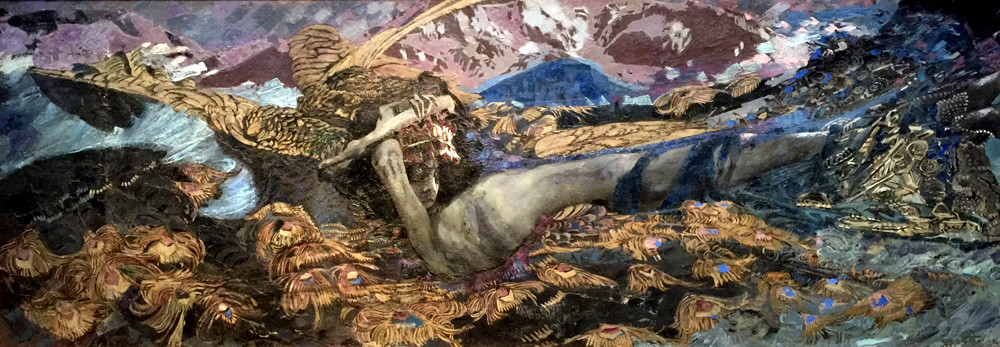
Fallen Demon
Tretyakov GalleryVrubel was also interested in monumental painting and made sketches for the frescoes of St. Vladimir's Cathedral in Kiev. He was also keen on decorative art, creating majolica sculptures, stove tiles, and ceramic vases.
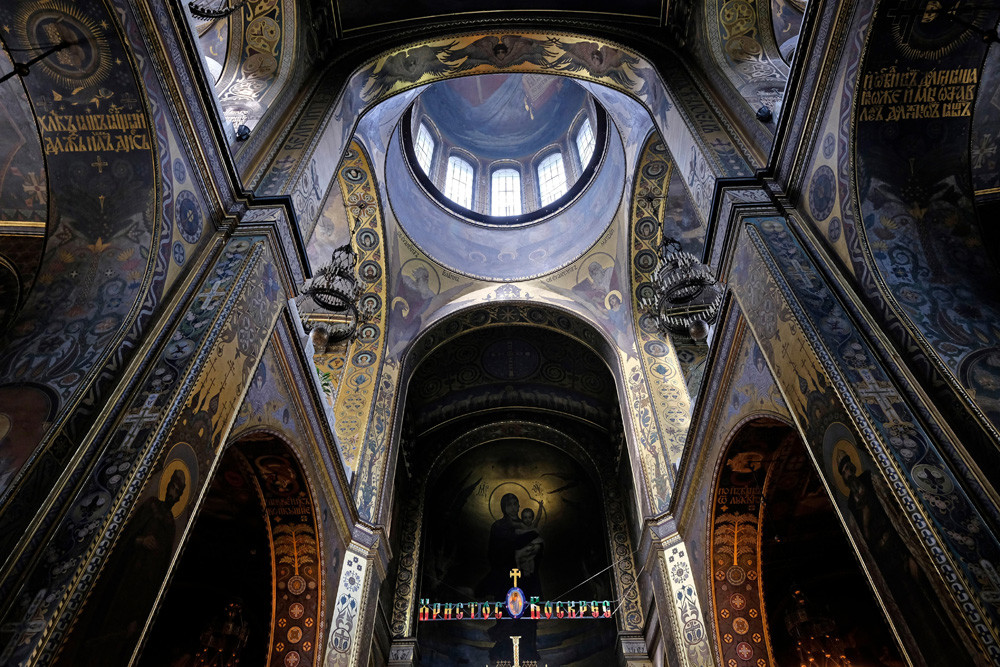
The frescoes of St. Vladimir's Cathedral in Kiev
Legion MediaDemon Downcast (1902), The Swan Princess (1900), The Oriental Tale (1886), Portrait of a Girl against a Persian Carpet (1886) are among the best-known works of the painter.
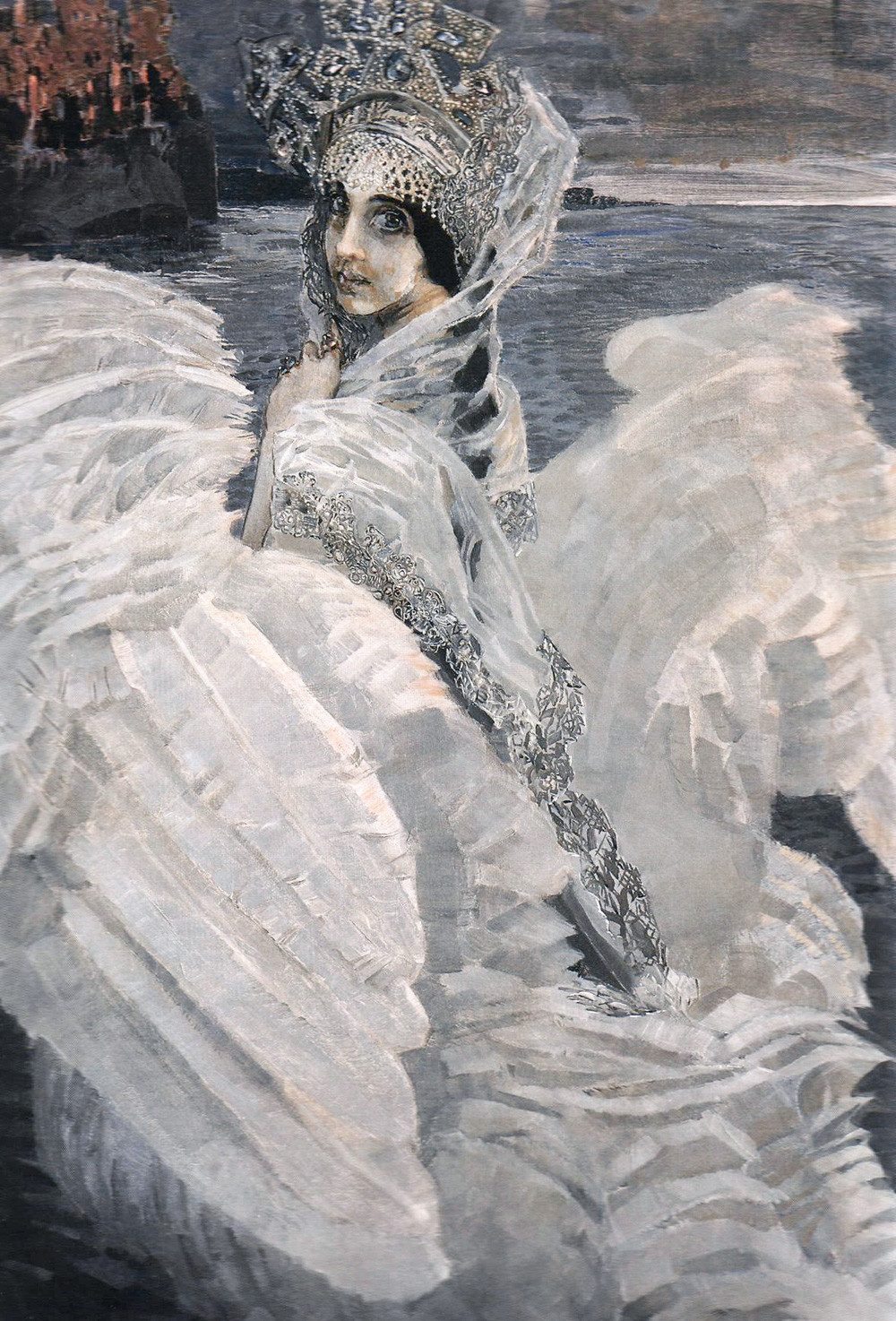
The Swan Princess
Tretyakov Gallery9. Valentin Serov (1865 – 1911)
The outstanding Russian painter, Valentin Serov, is known as a master of psychological portraits. It was an honor for the Russian elite to have their portrait painted by the artist. There was a permanent queue outside his studio, but at the same time his models were afraid of Serov because he was able to portray the shortcomings of a person very caustically.
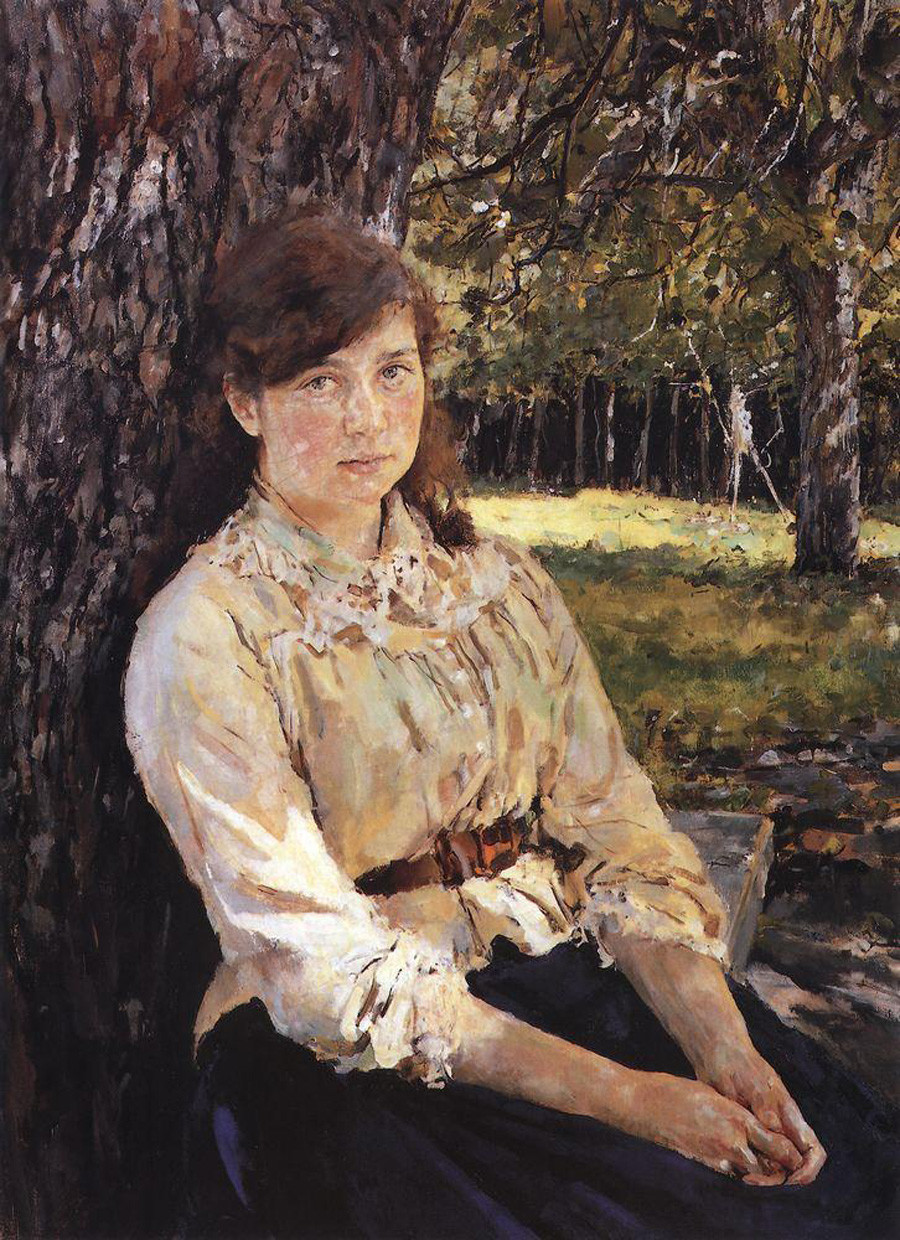
The Girl in Sunlight
Tretyakov GallerySome critics consider him a representative of Russian impressionism. His most emblematic painting in the genre is The Girl with Peaches (1887).

The Girl with Peaches
Tretyakov GalleryThe Girl in Sunlight (1888), Summer (1985), The Abduction of Europa (1910) are among the best-known paintings of the artist.
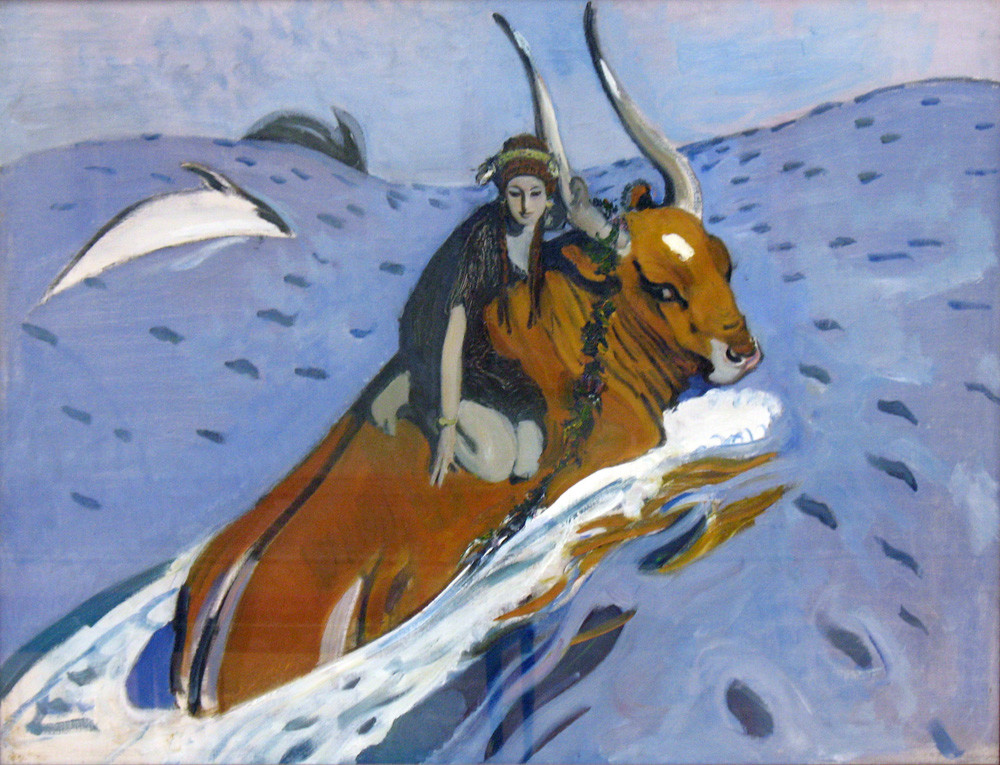
The Abduction of Europa
Tretyakov Gallery10. Boris Kustodiev (1878 - 1927)
Boris Kustodiev captured everyday village life in Russia on his bright and cheerful canvases.
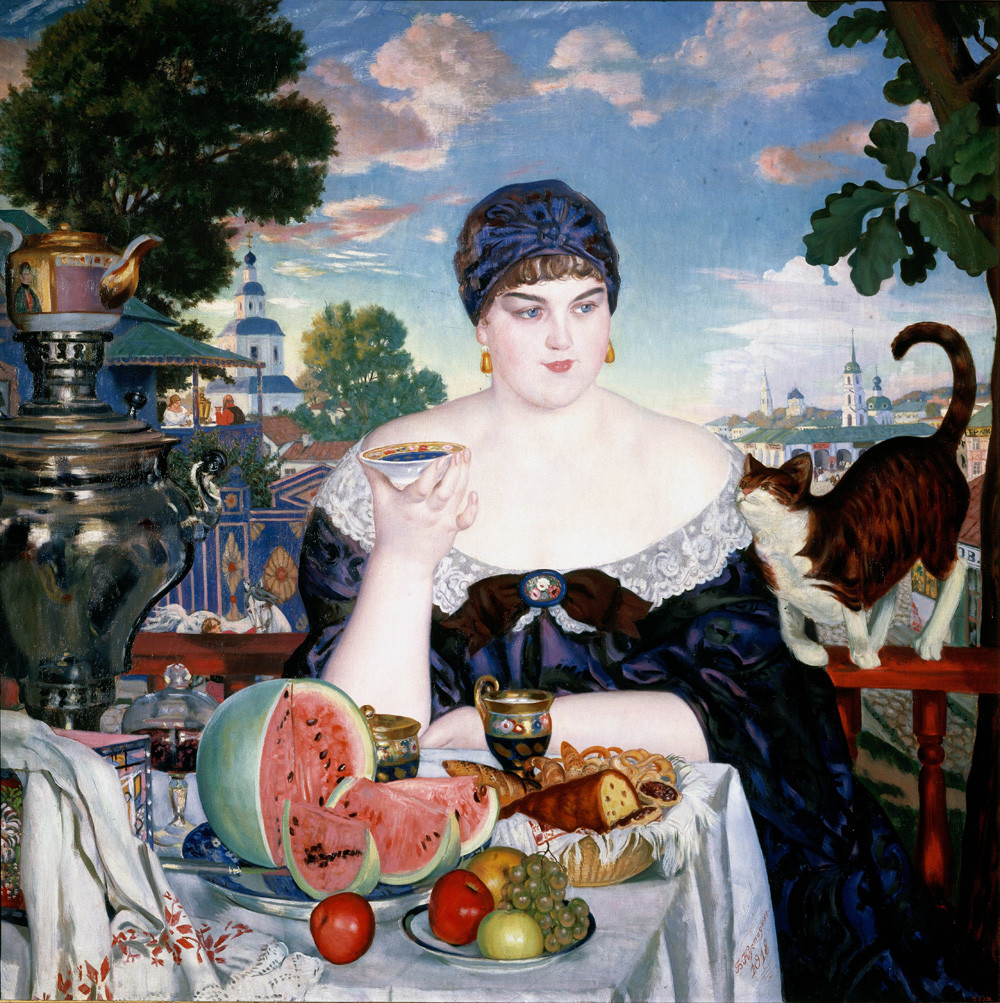
The Merchant's Wife
Tretyakov GalleryHe studied alongside the famous artist, Ilya Repin, and was a member of the legendary Mir Iskusstva (World of Art) movement known for producing Sergei Diaghilev's Ballets Russes.
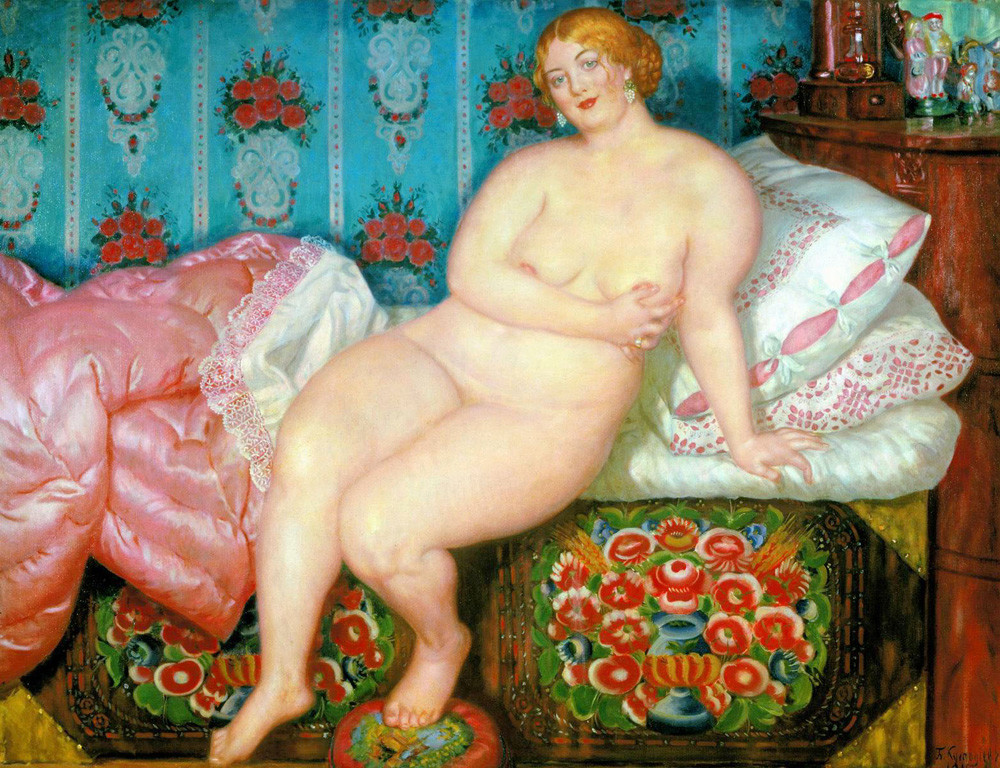
The Beauty
Tretyakov GalleryAmong his best known paintings are A Merchant’s Wife's Teatime (1918) and The Bolshevik (1920), Portrait of Chaliapin (1922), The Beauty (1915).
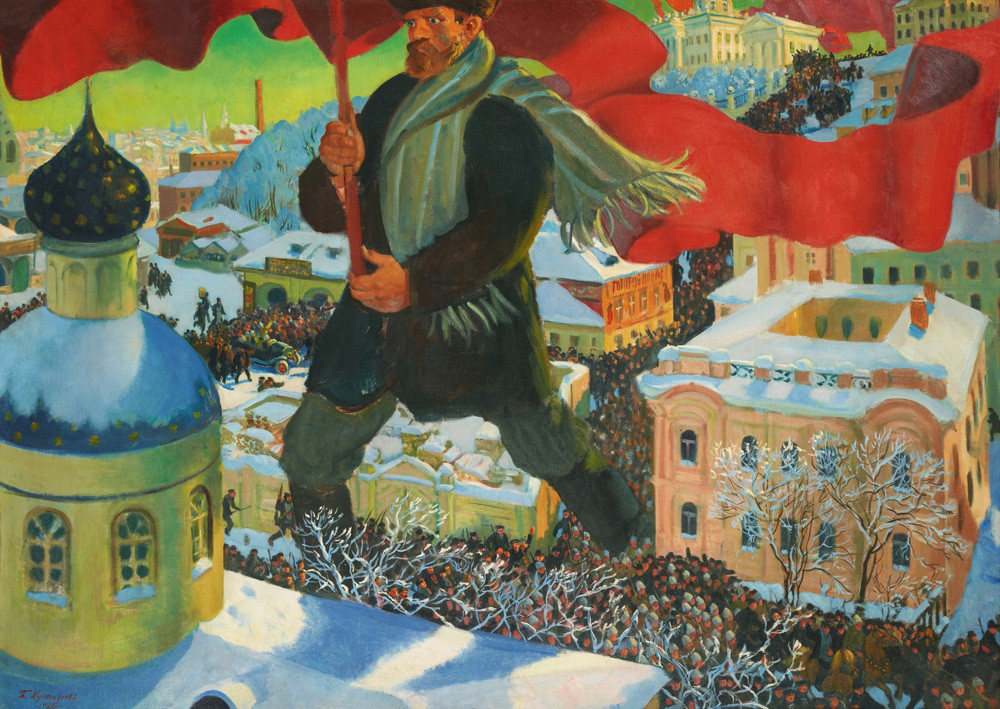
The Bolshevik
Tretyakov Gallery
If using any of Russia Beyond's content, partly or in full, always provide an active hyperlink to the original material.
Subscribe
to our newsletter!
Get the week's best stories straight to your inbox